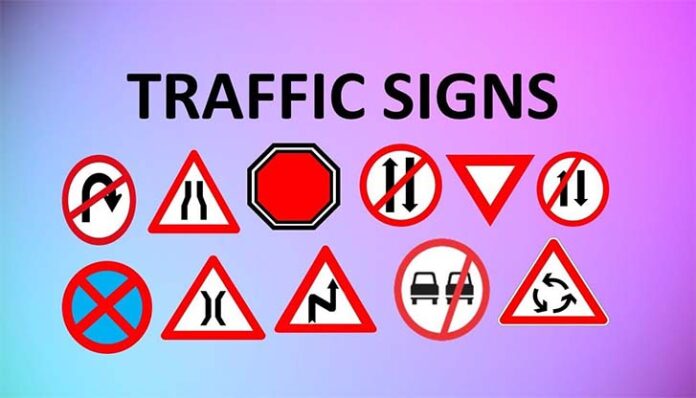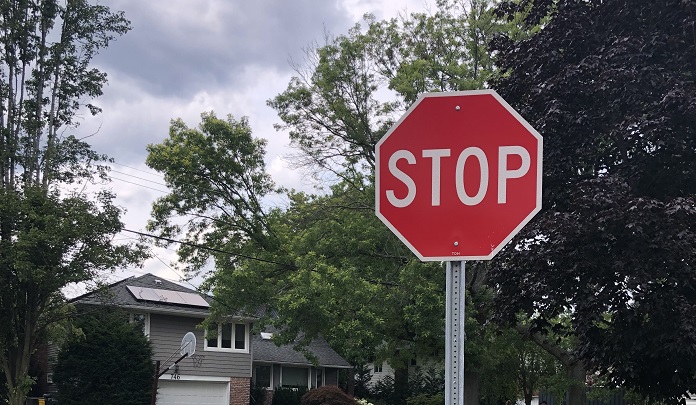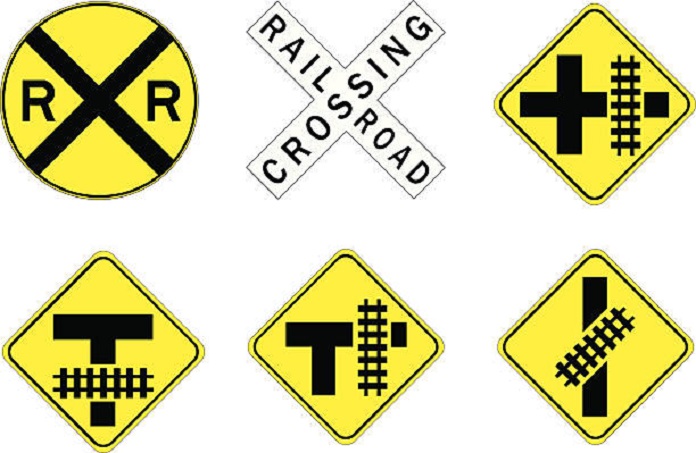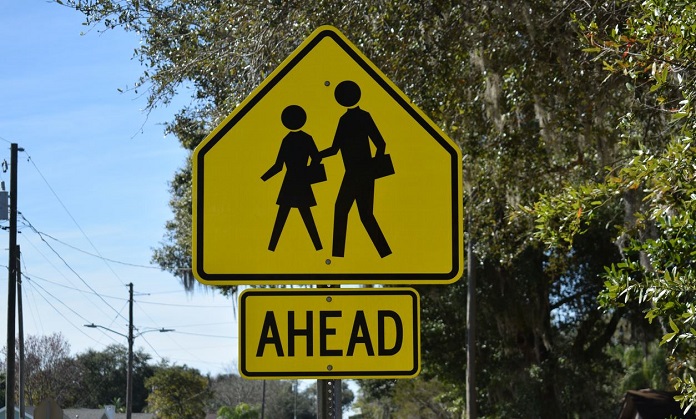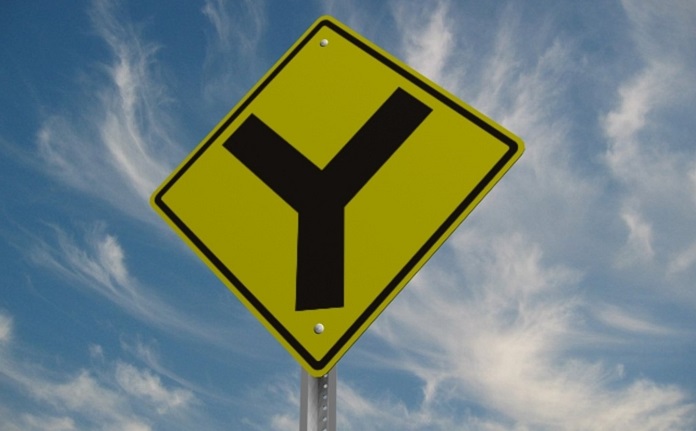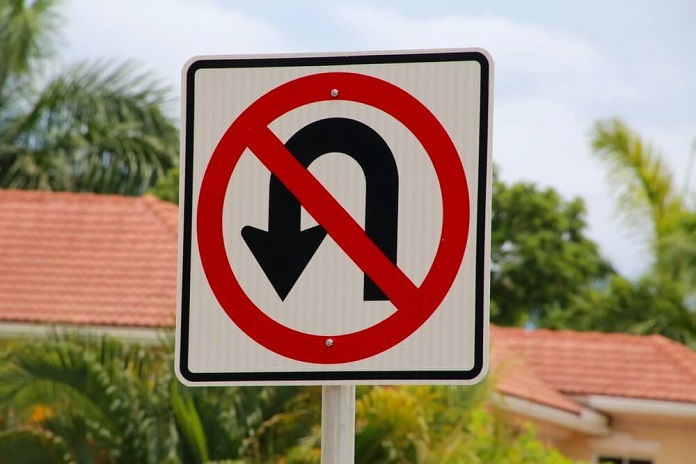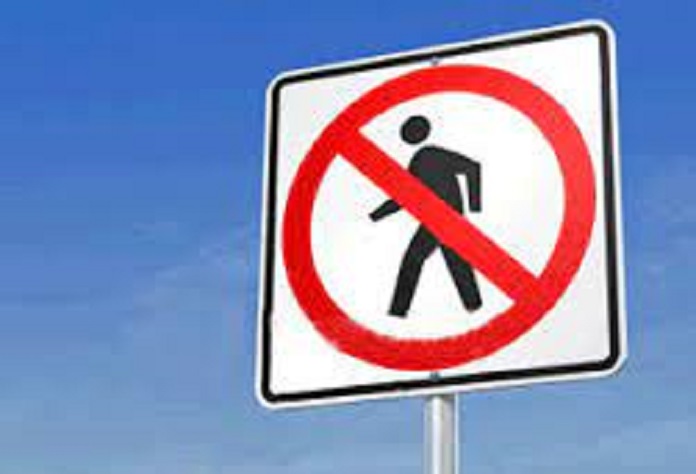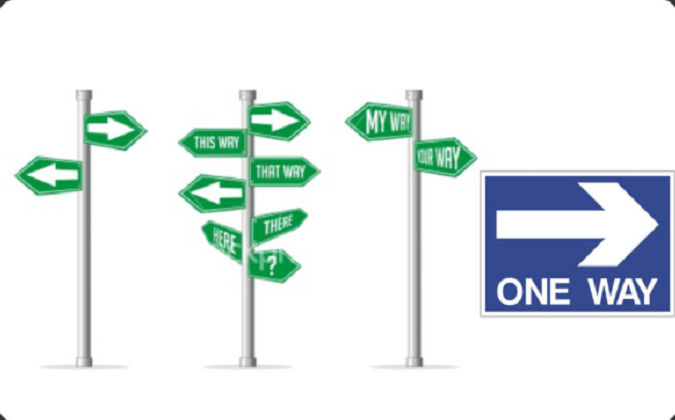Road signs (or traffic signs) are signs erected at the side of or above roads to give instructions or provide information to road users, both drivers and pedestrians. Road signs, including colors or pictures, can inform or serve as a warning to road users to ensure they are safe from potential driving hazards and situations.
Traffic signs are mostly pictures used to convey messages, like animal crossing or children crossing. They do more than just tell you the speed limit or when to stop. Signs around construction zones let you know that your normal route may be different or that you should watch out for people working. All these are important because they help road users to understand the sign’s meaning, even if they don’t speak the language of the country. Here are ten common road signs and their meaning
Types of Road Signs in Nigeria
Driver safety is the most obvious benefit of traffic signs, and there are three main categories of road signs in Nigeria, they are:
- Regulatory signs
- Warning signs
- Informative signs
Regulatory Signs
Regulatory Signs are those traffic signs that regulate traffic by giving directions that must be obeyed. They are intended to instruct road users on what they must or should do (or not do) under a given set of circumstances
Regulatory signs are mostly circular and are of two types. Those with red & yellow circles are Prohibitive signs. Those with blue circles but no red border are mandatory signs.
Warning Signs
Warning Signs are signs that indicate a potential hazard, obstacle, or condition requiring special attention. Usually triangular, with a red perimeter, warning signs inform you of road dangers ahead. Neglecting these signs can put one’s life at risk.
Informative Signs
Informative road signs provide information on directions, destinations, roadside facilities, etc., to road users. Usually rectangular in shape, this type of sign informs road users of specific places, road conditions, road construction sites, or speed limits for particular areas. Following informative road signs helps a driver in saving time. They are able to reach their destination without wandering around. These signs are generally facilitators to the driver.
10 Road Signs in Nigeria and Their Meaning
1. The “STOP” Sign
The “Stop” sign is a road sign that indicates you must come to a complete halt before the sign and yield to all other traffic before proceeding. Classified under the regulatory sign, the shape, and color are important to how a stop sign is recognized and understood.
This is done because of the importance a stop sign has on traffic safety. It is used to alert drivers of intersections and other areas where traffic may be traveling in opposite or crossing directions.
2. Railway Crossing Signs
The railway crossing signs alert drivers of the presence of railroad tracks and the possibility of an approaching train. These signs and devices also provide a safety message and remind the driver of the laws regarding highway-rail grade crossings. Most times road intersects the railway line, and drivers are expected to take extra precautions and act accordingly.
3. School Signs
The school crossing sign (or school zone sign) is a warning sign. It is meant to warn drivers that they are approaching an area where school children cross the roadway. School crossing signs are often in fluorescent yellow-green and black or yellow and black. When you see this sign, slow down and watch out for children (at all times, not just during school hours), and be ready to stop. Remember that school zones have a speed limit you must obey.
4. The “T” Junction Sign
A “T junction” sign is a warning sign found before the intersection of two roads that are going in different directions. The “T” junction sign shows that one road is passing over the other. The “T” shape shown indicates that you need to be careful when crossing a T-junction. When you see the “T” intersection you are expected to slow down and prepare to stop before turning. Most T-intersections will feature a YIELD sign or a STOP sign to remind you to give the right-of-way to cross traffic.
5. The “Y” Intersection Sign
The Y-shaped intersection indicates where traffic approaches from the stem of the “Y” and continues along the branch of the “Y” with the arrowhead. Generally, the Y-shaped sign warns drivers that there are three-way intersections, with all roads being of equal importance.
6. No U-Turn Sign
With the curved arrow showing a U-turn and a bold prohibition symbol over it, this standard design is understood to express areas where drivers cannot change the direction of their vehicle in the opposite direction. There are a few variations of a no U-turn sign, but the example shown above is the official sign used in Nigeria.
7. The Narrow Bridge Sign
This sign indicates that the driver is approaching a bridge that is more narrow than the road they are currently on. Drivers should slow down while crossing narrow bridges. Also, avoid completely stopping your vehicle on a bridge.
8. The No Pedestrian Road Sign
This is one of the mandatory road signs you will see on Nigerian roads. It restricts the movement of pedestrians on the road or the adjoining area. This could be a lane for fast-moving vehicles, highways, etc. The sign has a white background with a red circle and a black human-like design.
9. Direction Sign
This road sign is used primarily to give information about the location of either the driver or possible destinations and is considered a subset of the informative signs. Directional signs help manage traffic on public roadways, facility grounds, and parking lots.
The sign communicates which way drivers should go. In public places, directional signage can greatly help the flow of pedestrians and traffic by easily guiding people where they need to go.
10. The “No Parking” Sign
A No Parking sign is one of the most common road signs in Nigeria. It falls under the regulatory sign category of traffic signs. It tells drivers that they may not park in the area indicated by the sign. In some areas, additional pavement markings (usually yellow or white diagonal stripes) are used to inform motorists of parking restrictions.
Some of the more commonly known areas where people cannot park include intersections, near a fire station entrance, near a fire hydrant, beside a ramp on the sidewalk, and in front of any driveway.
